The United States is home to over 100 national monuments, each preserving unique history, culture, and natural beauty. Unlike national parks, many monuments focus on historical or cultural significance rather than just scenic landscapes. In this guide, we explore the top 15 national monuments you should visit in 2025, complete with historical context, visitor tips, and travel insights.
1. Statue of Liberty National Monument – New York
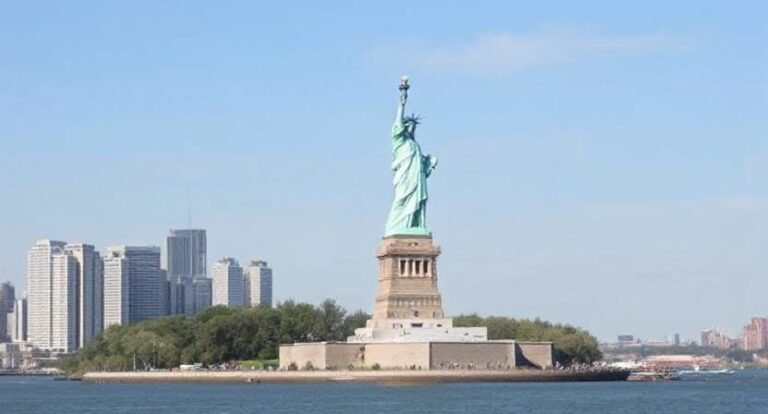
The Statue of Liberty, gifted by France in 1886, symbolizes freedom and democracy. It became a national monument in 1924. Located on Liberty Island in New York Harbor, it welcomes millions of visitors annually.
Take a ferry from Battery Park, Manhattan.
Reserve tickets in advance for the pedestal or crown.
Visit the nearby Ellis Island National Museum of Immigration for a complete historical experience.
- Website: National Park Service – Statue of Liberty
- Why Visit: Iconic photo opportunities, rich history, and breathtaking harbor views make it a must-see.
2. Devils Tower National Monument – Wyoming
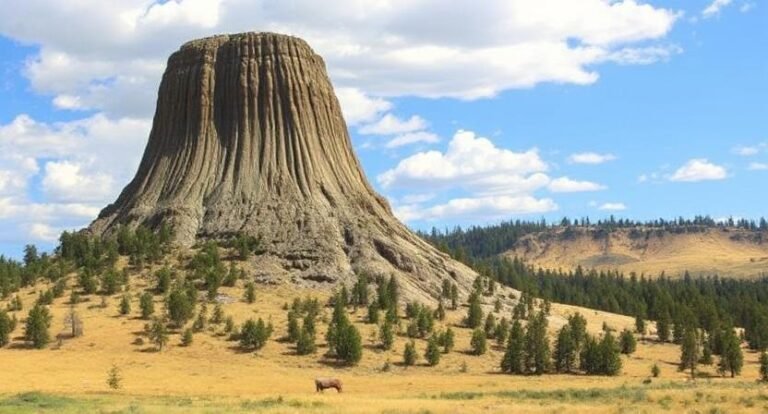
Designated in 1906, Devils Tower is the first U.S. national monument. This massive igneous rock formation rises 867 feet above the surrounding terrain and holds cultural significance for Native American tribes.
Hike the 1.3-mile Tower Trail around the base.
Bring binoculars for wildlife spotting—prairie dogs and birds are common.
Visit in early morning or late afternoon for the best lighting and fewer crowds.
- Website: National Park Service – Devils Tower
- Why Visit: Its unique geology and spiritual significance make it an unforgettable landmark.
3. Mount Rushmore National Memorial – South Dakota
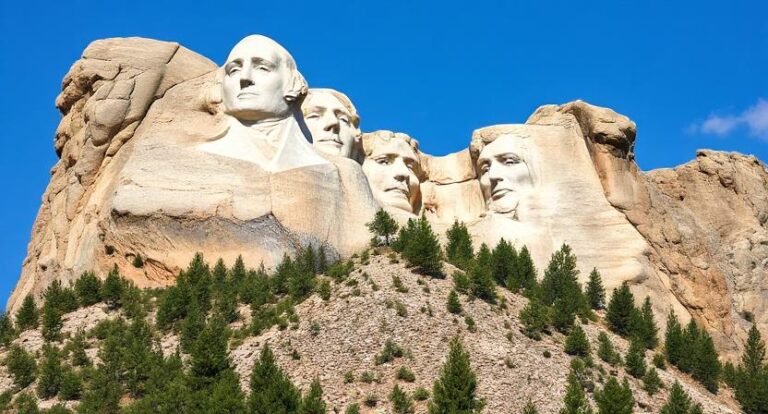
While technically a memorial, Mount Rushmore is also considered a national monument due to its federal designation. Carved between 1927–1941, it honors U.S. presidents George Washington, Thomas Jefferson, Theodore Roosevelt, and Abraham Lincoln.
Best visited in summer or early fall.
Explore the Presidential Trail for closer views.
Don’t miss the evening lighting ceremony for a spectacular display.
- Website: National Park Service – Mount Rushmore
- Why Visit: History, grandeur, and a sense of national pride in one iconic location.
4. Mesa Verde National Monument – Colorado
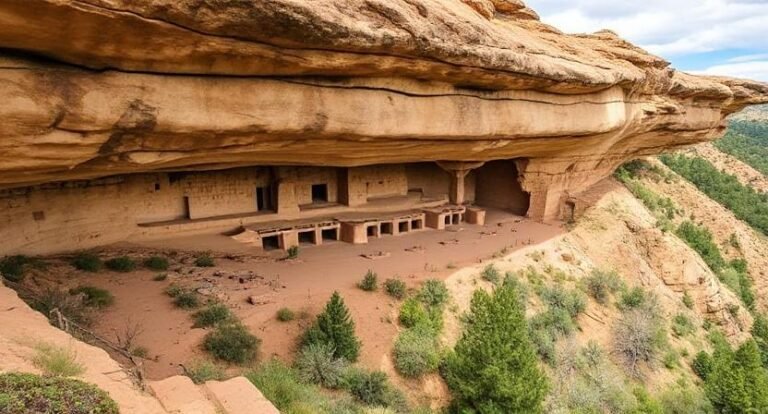
Established in 1906, Mesa Verde protects Ancestral Puebloan cliff dwellings dating back over 700 years. It offers an extraordinary glimpse into pre-Columbian life in North America.
Guided tours are required for cliff dwellings like Cliff Palace.
Bring comfortable hiking shoes and water—trails can be steep.
Visit the Chapin Mesa Museum to see artifacts and learn history.
- Website: National Park Service – Mesa Verde
- Why Visit: Fascinating archaeology and stunning cliffside architecture make it a must-see for history enthusiasts.
5. Fort Sumter National Monument – South Carolina
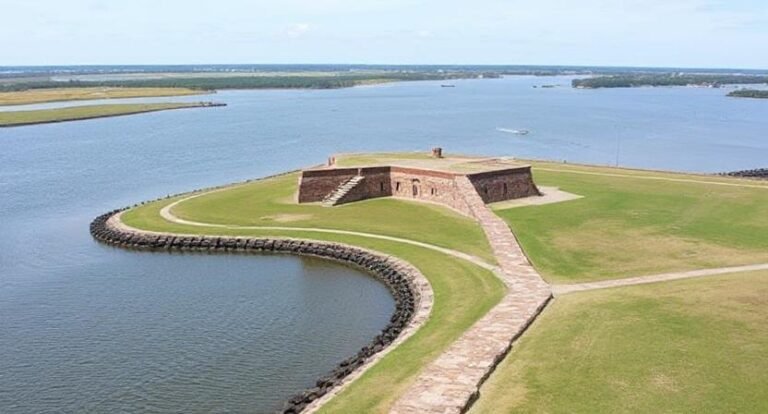
This sea fort in Charleston Harbor is where the first shots of the Civil War were fired in 1861. Designated a national monument in 1948, it preserves an essential chapter in U.S. history.
Access only by ferry from Charleston Harbor.
Bring a camera—views of the harbor and Charleston skyline are beautiful.
Check the schedule for ranger-led tours for in-depth historical insight.
- Website: National Park Service – Fort Sumter
- Why Visit: A historically significant site offering insight into the Civil War and Charleston’s maritime history.
6. Petrified Forest National Monument – Arizona
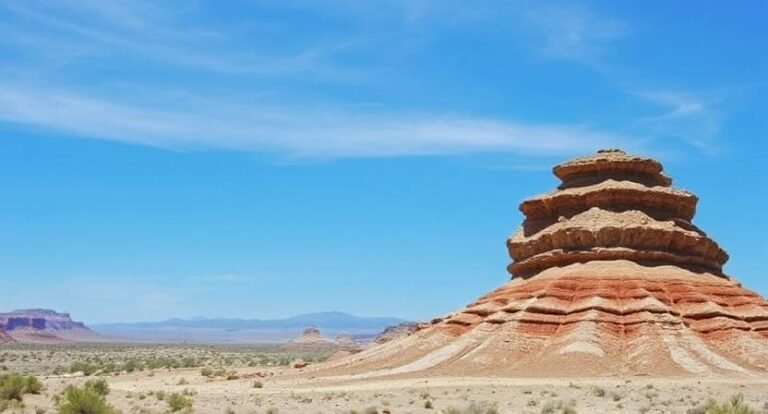
Established in 1906, Petrified Forest protects one of the world’s largest and most colorful deposits of petrified wood. The monument also preserves fossils, ancient petroglyphs, and evidence of early human habitation.
Take the scenic drive along Route 66 for iconic stops like the Painted Desert.
Hike short trails like Blue Mesa for close-up views of petrified logs.
Visit the Rainbow Forest Museum to learn about geology and archaeology.
- Website: National Park Service – Petrified Forest
- Why Visit: Unique landscapes and ancient history combine for an unforgettable desert experience.
7. Carlsbad Caverns National Monument – New Mexico
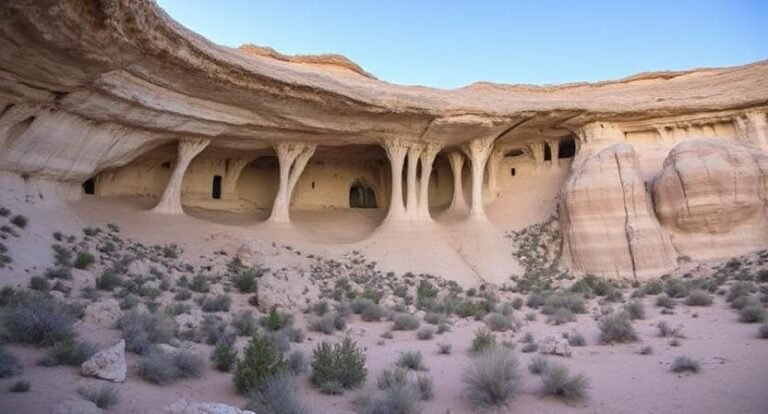
Famous for its massive limestone caves, Carlsbad Caverns became a national monument in 1923 and later a national park. The caverns feature incredible stalactites, stalagmites, and underground chambers.
Take the natural entrance trail down into the cave for a dramatic experience.
Attend the evening bat flight program in summer to watch thousands of bats exit the cave.
Wear sturdy shoes—cave floors can be uneven and slippery.
- Website: National Park Service – Carlsbad Caverns
- Why Visit: For adventure seekers and nature lovers, the underground formations are awe-inspiring.
8. Castillo de San Marcos National Monument – Florida
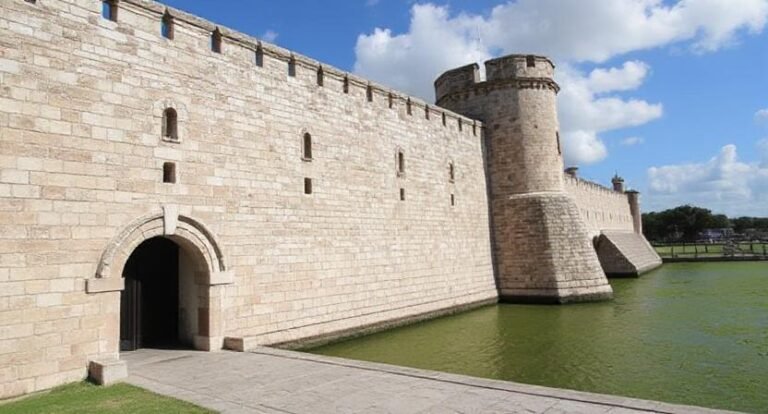
Located in St. Augustine, this fort is the oldest masonry fort in the continental U.S., built by the Spanish in the late 1600s. It protected the city from pirates and foreign powers.
Watch historical reenactments and cannon firings for a lively experience.
Explore the underground rooms and walls for immersive history.
Don’t miss the scenic views of Matanzas Bay.
- Website: National Park Service – Castillo de San Marcos
- Why Visit: Step back into colonial America with one of the nation’s most well-preserved forts.
9. Rainbow Bridge National Monument – Utah
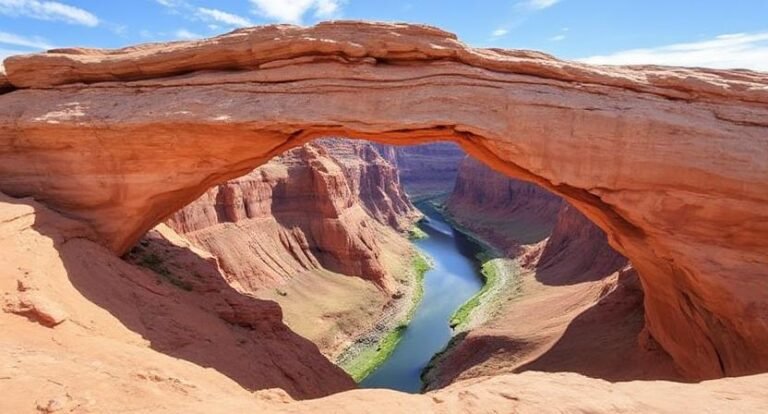
One of the world’s largest natural bridges, Rainbow Bridge holds spiritual significance for Native American tribes and was designated a national monument in 1910.
Accessible by boat from Lake Powell or via hiking trails.
Best visited at sunrise or sunset for stunning light on the rock formation.
Respect tribal lands and cultural practices in the area.
- Website: National Park Service – Rainbow Bridge
- Why Visit: Nature and culture meet in this breathtaking natural wonder.
10. Muir Woods National Monument – California
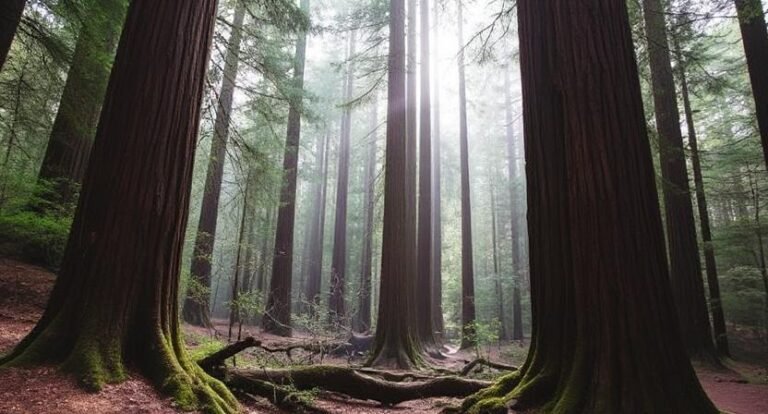
Muir Woods preserves old-growth coastal redwoods near San Francisco. Established in 1908, it honors conservationist John Muir and protects some of the tallest trees on Earth.
Arrive early to avoid crowds.
Hike trails ranging from easy walks to longer forest loops.
Take the visitor center tour to learn about redwood ecology and conservation.
- Website: National Park Service – Muir Woods
- Why Visit: Walking among towering ancient redwoods is a serene and unforgettable experience.
11. Independence National Historical Park – Pennsylvania
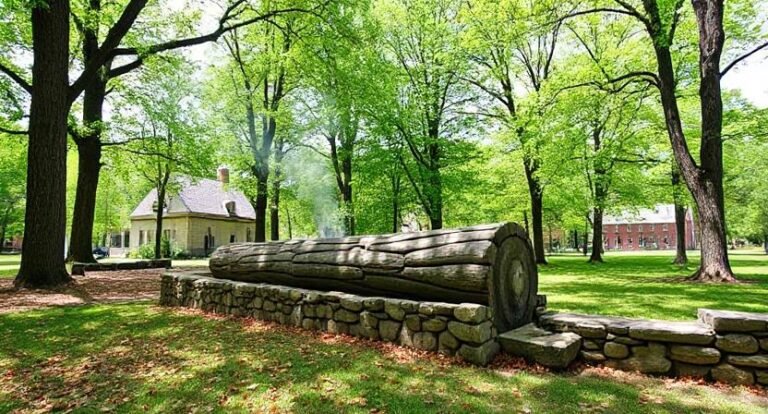
Located in Philadelphia, this monument preserves sites central to the American Revolution, including Independence Hall where the Declaration of Independence and Constitution were signed.
Reserve tickets online for Independence Hall tours.
Explore the Liberty Bell Center for iconic American history.
Take time to walk the historic streets around the park for museums and colonial architecture.
- Website: National Park Service – Independence
- Why Visit: Experience the birthplace of the United States and step into pivotal moments of history.
12. Chiricahua National Monument – Arizona
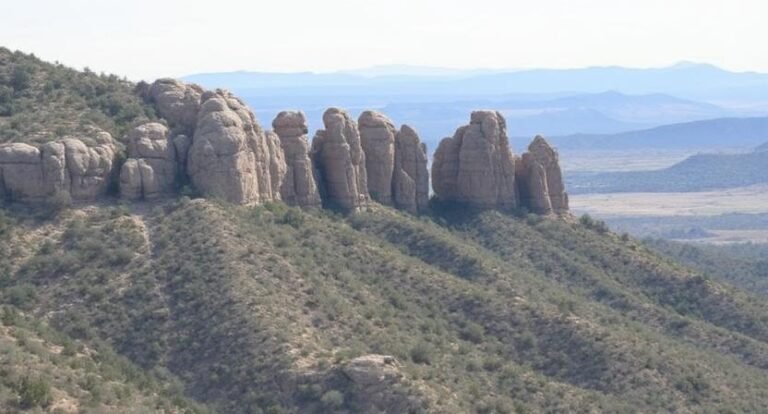
Designated in 1924, this “Land of Standing-Up Rocks” is famous for towering rock formations called hoodoos created by volcanic activity millions of years ago.
Hike trails like Echo Canyon and Massai Point for spectacular views.
Ideal for photography during sunrise or sunset.
Watch for wildlife such as mule deer, javelina, and a variety of birds.
- Website: National Park Service – Chiricahua
- Why Visit: Stunning geological formations combined with desert wildlife make it a photographer’s paradise.
13. Fort Monroe National Monument – Virginia

Fort Monroe, also known as “Freedom’s Fortress,” was a key Union stronghold during the Civil War and a place where enslaved people sought refuge. Designated a national monument in 2011.
Walk the historic walls and forts for scenic harbor views.
Explore the Casemate Museum for detailed Civil War history.
Check local events for guided tours and special programs.
- Website: National Park Service – Fort Monroe
- Why Visit: A combination of military history, architecture, and African American heritage.
14. Organ Pipe Cactus National Monument – Arizona

Established in 1937, this monument preserves the Sonoran Desert ecosystem and is home to the rare organ pipe cactus. It borders Mexico and provides a haven for desert wildlife.
Best visited in spring when wildflowers bloom.
Hike trails like Desert View or take scenic drives.
Bring plenty of water, sunscreen, and a hat—it’s a desert environment.
- Website: National Park Service – Organ Pipe Cactus
- Why Visit: Unique desert landscapes and rare flora make it a must-see for nature lovers.
15. Tumacácori National Historical Park – Arizona
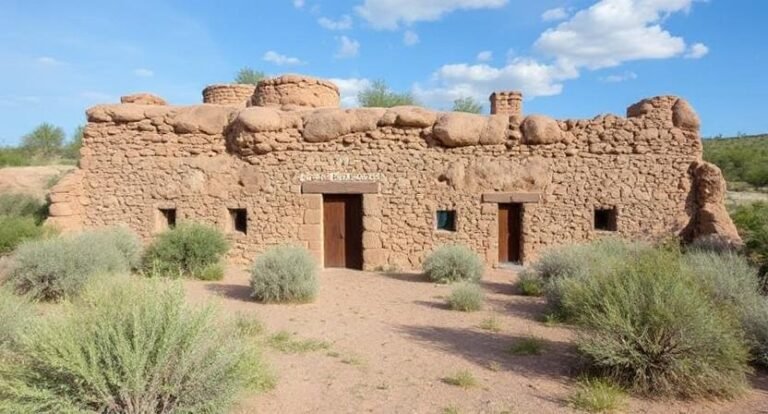
Established to preserve Spanish mission ruins dating from the late 17th century. Tumacácori offers insight into early Spanish colonization and Native American life in the Southwest.
Visit the visitor center for exhibits and guided tours.
Attend seasonal cultural events for authentic experiences.
Combine your visit with nearby monuments like San Xavier del Bac for a full historical journey.
- Website: National Park Service – Tumacácori
- Why Visit: Experience rich history and beautifully preserved Spanish mission architecture in a peaceful setting.
Final Thoughts
Exploring the top 15 national monuments in the USA is more than just sightseeing—it’s a journey through history, culture, and nature. From the towering redwoods of Muir Woods to the historic halls of Independence National Historical Park, each monument tells a unique story that has shaped America.
For more travel planning and detailed information, visit the official National Park Service website.
Frequently Asked Questions (FAQs)
- 1. What is a national monument?
A national monument is a protected site designated to preserve historical, cultural, or natural significance. - 2. How do I visit U.S. national monuments?
Most are open year-round, but some require tickets, reservations, or guided tours. Check the National Park Service website for details. - 3. Are national monuments different from national parks?
Yes. National monuments often focus on history or unique features, while national parks typically highlight natural landscapes. - 4. What are the best times to visit?
Spring and fall are ideal for most monuments due to milder weather and fewer crowds. - 5. Can I bring my family and kids?
Absolutely! Many monuments have family-friendly trails, museums, and educational programs. - 6. Are there fees to enter?
Some monuments charge entrance or parking fees; others are free. Always check ahead online.




